Hi and welcome back to The Eco Friendly Life, it’s great to have you here. Last time out we delved into how to reduce water usage at home, and I hope if you’ve read that article that you’re already making positive changes in that space.
Today’s adventure is going to have us taking our first step towards supporting meaningful climate action by wading into the hotbed of climate change, and specifically what causes it. So let’s get started.
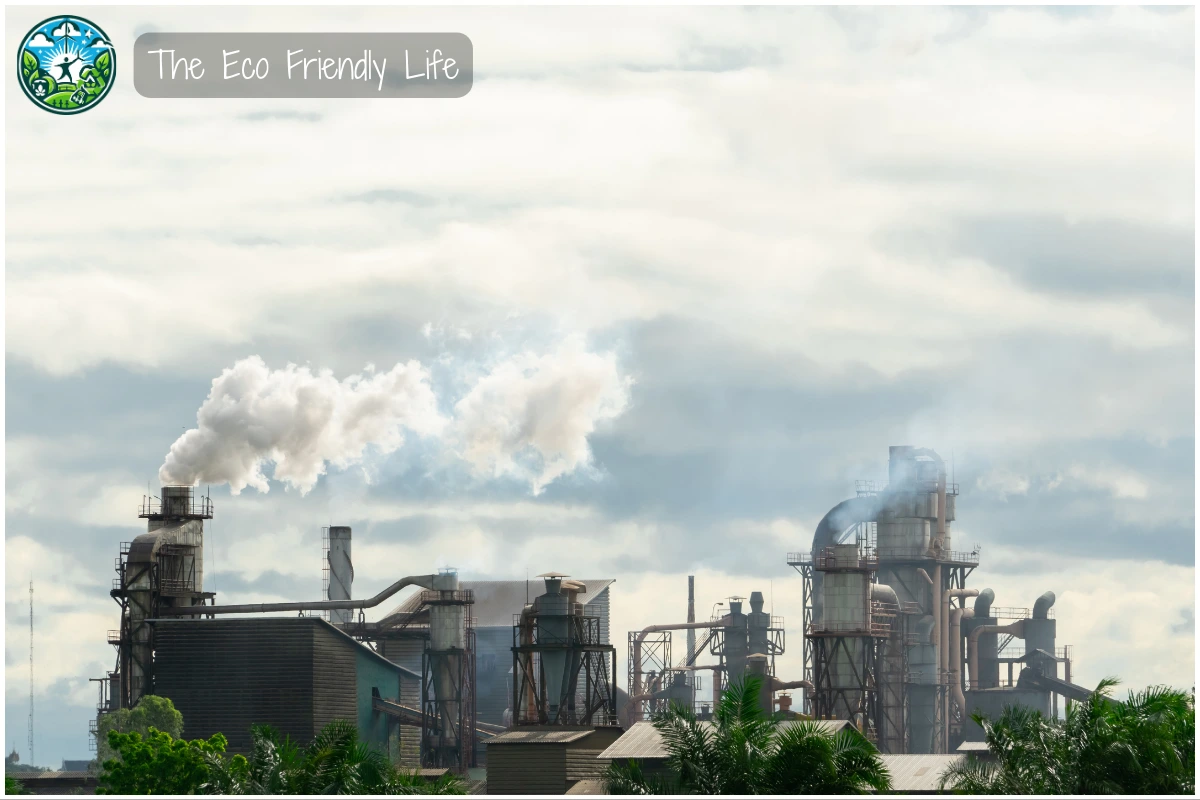
Understanding Climate Change: Human Impact and Natural Causes
I’m going to guide you through the complex world of climate change, starting with a straightforward question: What exactly is causing it? This isn’t just about a warmer climate; it’s also about understanding how our everyday actions connect to this global issue.
From natural cycles to human impact: You’re going to find out about the natural processes that have always affected Earth’s climate, like volcanic eruptions and changes in the sun’s energy. However, the story takes a dramatic turn with the advent of the Industrial Revolution. That’s when human activities began leaving a significant mark on the planet’s climate system.
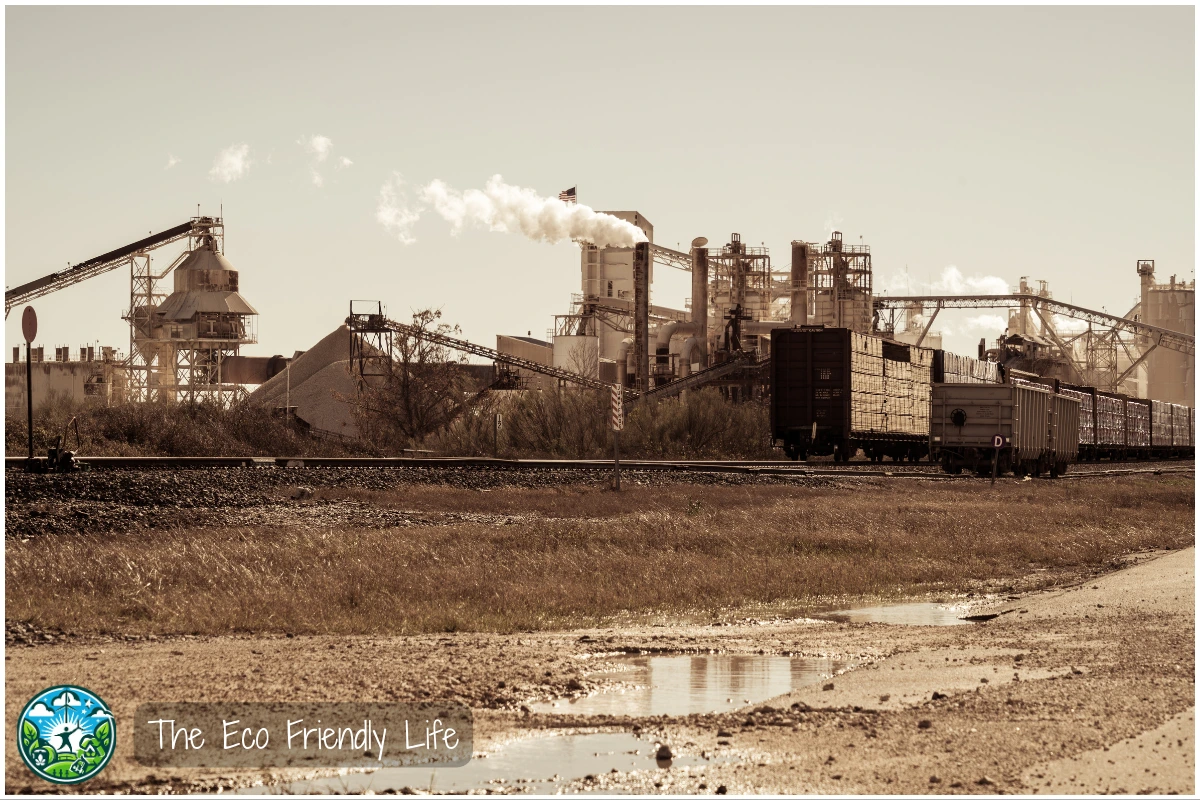
Economic growth fueling climate change: If you want to get to the heart of the matter, picture this: The fossil fuels that powered our industrial growth—coal, oil, gas—didn’t just revolutionize our economies. They also started pumping huge amounts of carbon dioxide and other greenhouse gases into our atmosphere. I’m here to help you understand that while natural influences have played a role in historical climate fluctuations, they don’t fully explain what’s happening now.
Human activity drives change: Let’s get something clear: Human-driven greenhouse gas emissions have tipped the scales to a point where natural variability can’t account for the observed changes in climate. Sure, the Earth has gone through warming and cooling phases before humans even existed, but the rapid warming we’ve seen since the 1950s? That’s a red flag. And I’m not just saying that—the overwhelming consensus among scientists is that human activities are extremely likely to be the dominant cause.
In my opinion, and backed by considerable scientific evidence, recognizing the human role in climate change is crucial. We need this understanding to grasp why we’re seeing higher temperatures, rising sea levels, and more extreme weather events. And it sets the stage for our next topic: the specific human activities that contribute most to climate change.
The Fossil Fuel Footprint: Power, Manufacturing, and Transportation
Power generation and fossil fuels: When it comes to climate change, burning fossil fuels is a major villain. Let’s look at how power generation contributes to that. A hefty slice of our global emissions comes from producing electricity and heating, mostly using coal, oil, or gas. These methods pump out carbon dioxide and nitrous oxide, wrapping our planet in a suffocating blanket of greenhouse gases.
A strong reliance on fossil fuels: Most of the electricity in the world, about seventy percent, is still produced from these fossil fuels. Renewables like wind and solar make up the remaining thirty percent, and while that’s not nothing, it’s clear we’ve still got a mountain to climb.
Manufacturing dependence on fossil fuels: Now, let’s not forget about manufacturing. Do you ever wonder where everything around you comes from? Well, making all these goods from cement to smartphones isn’t just about factories and conveyor belts; it’s about the energy that powers them. And that energy largely comes from—you guessed it—burning fossil fuels. Sectors such as cement, steel production, and even our clothes have carbon footprints that are very problematic.
Travelling on carbon: But there’s more. The way we move from point A to point B also leaves a hefty carbon footprint. Transportation is still almost entirely dependent on fossil fuels, contributing to rising carbon dioxide levels. Cars, trucks, buses—these road vehicles are the main players. Yet, emissions from shipping and aviation are climbing the charts too, marking transportation as a close contender, responsible for approaching one-fourth of the global energy-related carbon dioxide emissions.
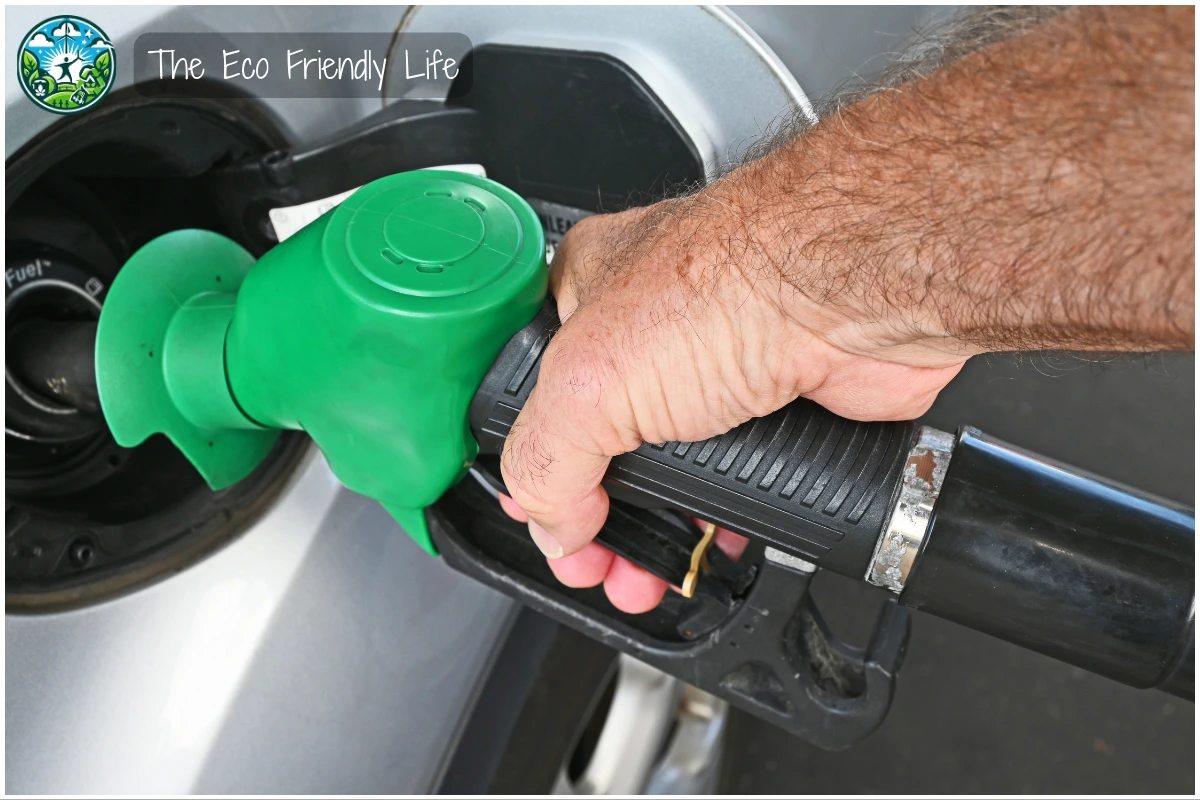
Food Production to Forests: Other Key Contributors to Climate Change
When you think about climate change, your mind might not immediately go to your dinner plate or that new shopping mall cutting through the woods. But, it turns out, how we produce our food and manage our forests has a tremendous impact on the greenhouse gases entering our atmosphere. Let’s unpack some of these lesser-discussed, yet major, contributors to global warming.
Food production and deforestation: Food production has a layered relationship with climate change. Take livestock, for example; cows, sheep, and goats naturally produce methane during digestion, a greenhouse gas far more potent than CO2. Then there’s deforestation—the clearing of land for agriculture or livestock—one of the driving forces behind the ruthless elimination of our forests. It’s not just the loss of trees we should worry about, as forests also act as carbon sinks, absorbing CO2 from the air. Annually, we’re looking at about 12 million hectares of forest disappearing, which is roughly the size of Greece or Nicaragua.
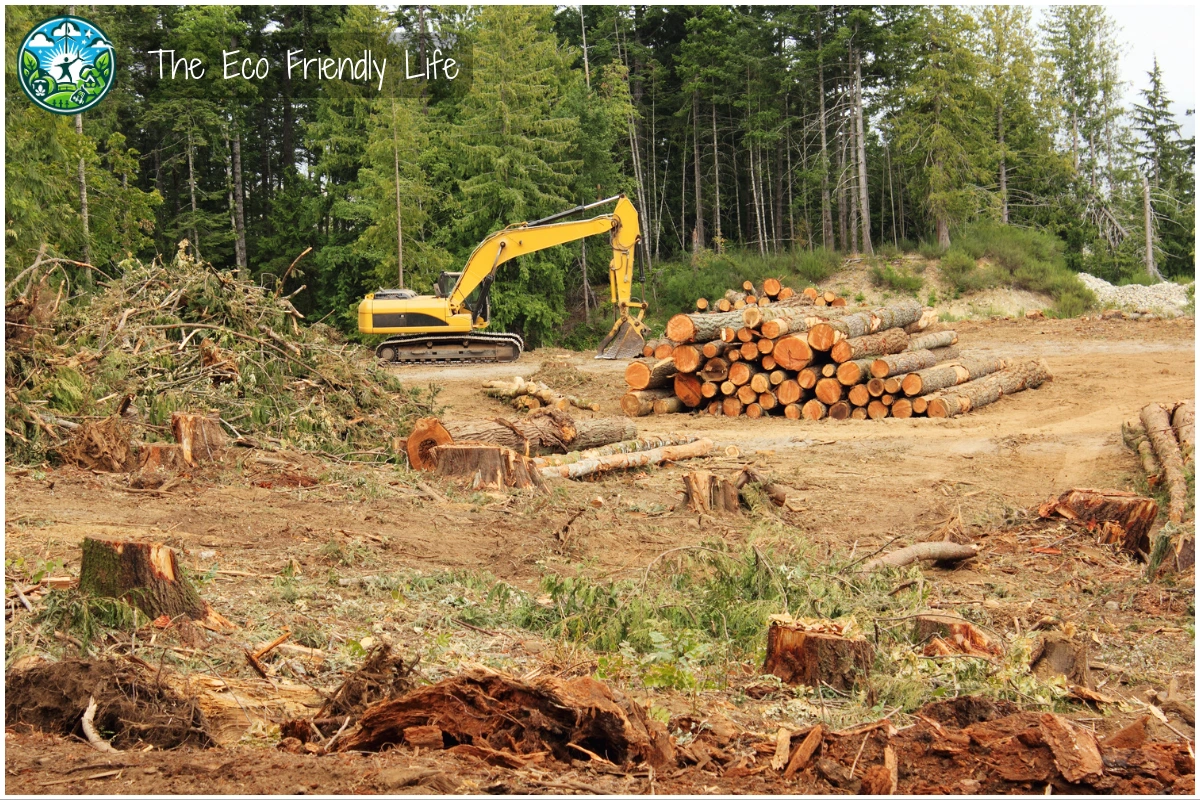
From the farm to your table: The ripple effects don’t stop there. Using fertilizers in agriculture releases nitrous oxide, another heavy-hitting greenhouse gas. And what about the energy consumed in producing, packaging, and distributing food? That’s largely powered by, you guessed it, burning fossil fuels.
Now, let’s talk about the houses we live in, the offices where we work, and the places we visit. These aren’t just spaces; they are part of an energy-demanding landscape contributing to the warming of our planet. In the next section, we’re going to explore the energy consumption of our buildings and how our habits of consumption play into climate change.
Buildings and Consumption: The Demand for Energy and its Climatic Implications
Hidden emissions of daily life: I’m going to take you through a side of climate change you might not think about every day: our buildings and what we consume. Buildings are more than just shelters or places of work; they’re significant energy consumers, responsible for a substantial portion of global greenhouse gas emissions.
Power-hungry buildings: Imagine this: more than half of the world’s electricity fuels the buildings we live and work in, for necessities like lighting, heating, and cooling. As we lean on more electrical appliances and devices, the pull on power plants skyrockets. Consequently, we see a continuous rise in energy-related carbon dioxide emissions from these structures. It’s not just about the power being used, it’s also about the kind of power. In regions where the grid is mainly made up of fossil fuels, the carbon footprint of buildings goes through the roof.
Lifestyle choices: Now, let’s turn the spotlight onto our own lifestyles. What we buy, how we travel, the food we eat, and yes, even the waste we generate, all lead to emissions. Simply put, the more we consume, the more energy is required to produce, ship, and dispose of goods. And clothing isn’t just about fashion, it’s a carbon statement too. Electronics? They’re not just gadgets; they’re also contributors to greenhouse gases.
Wealth inequality: It’s a stark reality that the wealthiest among us tend to have the highest emissions. Statistics show that the richest 1% are responsible for more emissions than the bottom 50%. So, when we discuss climate change, it’s crucial to consider not just how we live, but also how much we consume.
From awareness to action: Curbing these emissions is about more than just turning off a light or choosing an energy-saving appliance. It’s going to include a holistic shift towards renewable energy sources, energy-efficient building designs, and a mindset change in consumption habits. If you want to play a part in this change, consider starting with your own home and lifestyle choices.
Illustrating the Change: Graphical Evidence of Human Influence on Climate
I’m going to show you something undeniable: the charts and graphs mapping climate change over time. These aren’t just any charts; they’re telling the story of our planet’s recent climate history, and guess what? They are pointing right at human activities as the culprit for the significant uptick in global temperatures and greenhouse gas concentrations.
Let’s delve into the data and take a look at two key measures of the drivers of climate change. Feel free to jump in and explore the many interactive features of each graph by clicking on the images below to open the interactive versions.
Greenhouse Gas Emissions by Gas in the World from 1850 to 2022
This graph from Our World in Data illustrates the global greenhouse gas emissions by type of gas over time. It provides a detailed breakdown of the contributions of different gases, such as carbon dioxide, methane, and nitrous oxide, to overall emissions.
Credit: Jones et al. (2024) – with major processing by Our World in Data. “Annual CO₂ emissions” [dataset]. Jones et al., “National contributions to climate change 2024.1” [original data].
Annual Deforestation from 1990 to 2015
This graph, also from Our World in Data shows the annual deforestation rates worldwide, highlighting changes in forest cover over time. It tracks the extent of deforestation across various regions, emphasizing trends and patterns in forest loss.
Credit: UN Food and Agriculture Organization (FAO). Forest Resources Assessment. – processed by Our World in Data. “Annual deforestation rate” [dataset]. UN Food and Agriculture Organization (FAO). Forest Resources Assessment. [original data].
In my opinion, the graphical evidence we have paints a pretty clear message: the main character in the climate change story is us. It’s a narrative filled with scientific consensus and empirical data, and it’s nudging us towards a crucial call to action: to reimagine our industries, redesign our consumption, and restore balance to the atmosphere.
Conclusion
In conclusion, understanding the causes of climate change is crucial for both mitigating its impacts and preparing for the future. While natural processes like volcanic eruptions and solar variations have always played a role in Earth’s climate, the dramatic shift observed since the Industrial Revolution highlights the overwhelming influence of human activities. The burning of fossil fuels for electricity, heating, transportation, and manufacturing has significantly increased the concentration of greenhouse gases in the atmosphere. This has led to a rapid warming trend that natural factors alone cannot explain.
Addressing climate change requires a multifaceted approach: transitioning to renewable energy, enhancing energy efficiency in buildings and infrastructure, adopting sustainable agricultural practices, and rethinking our consumption patterns. Each of us can contribute to this global effort by making informed choices and supporting policies that promote sustainability.
The challenge is immense, but with concerted effort and innovation, we can steer the world towards a more sustainable and resilient future. The time to act is now, and it begins with a deeper understanding and acknowledgment of our role in shaping the climate.


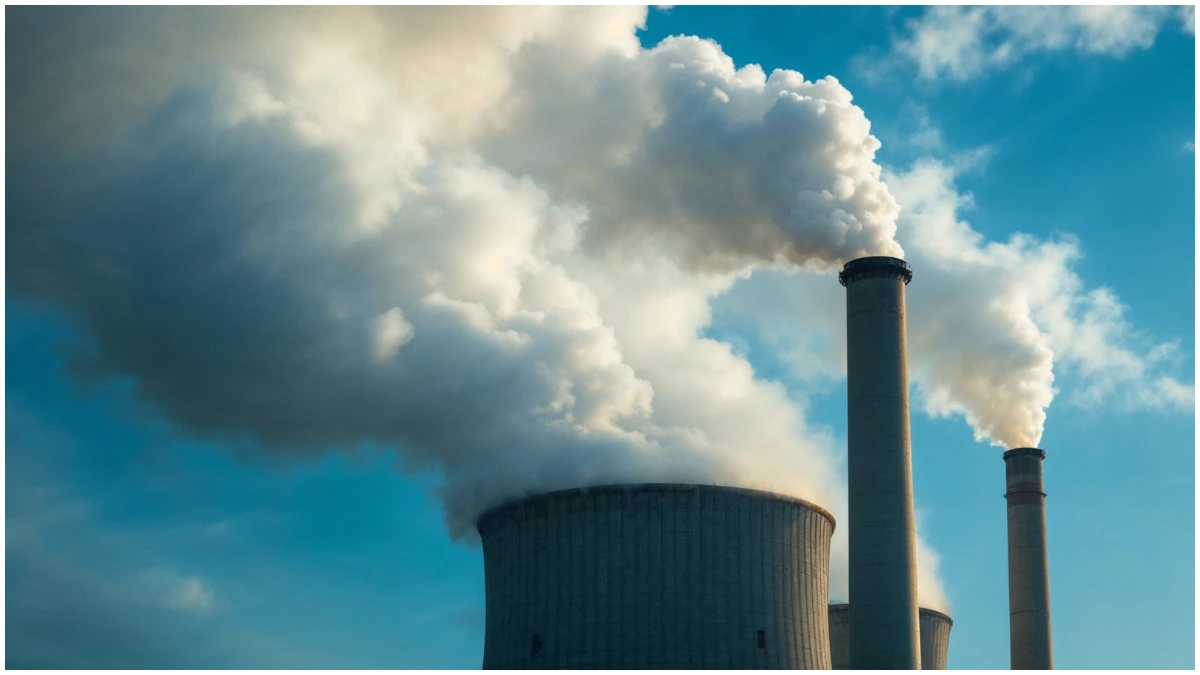
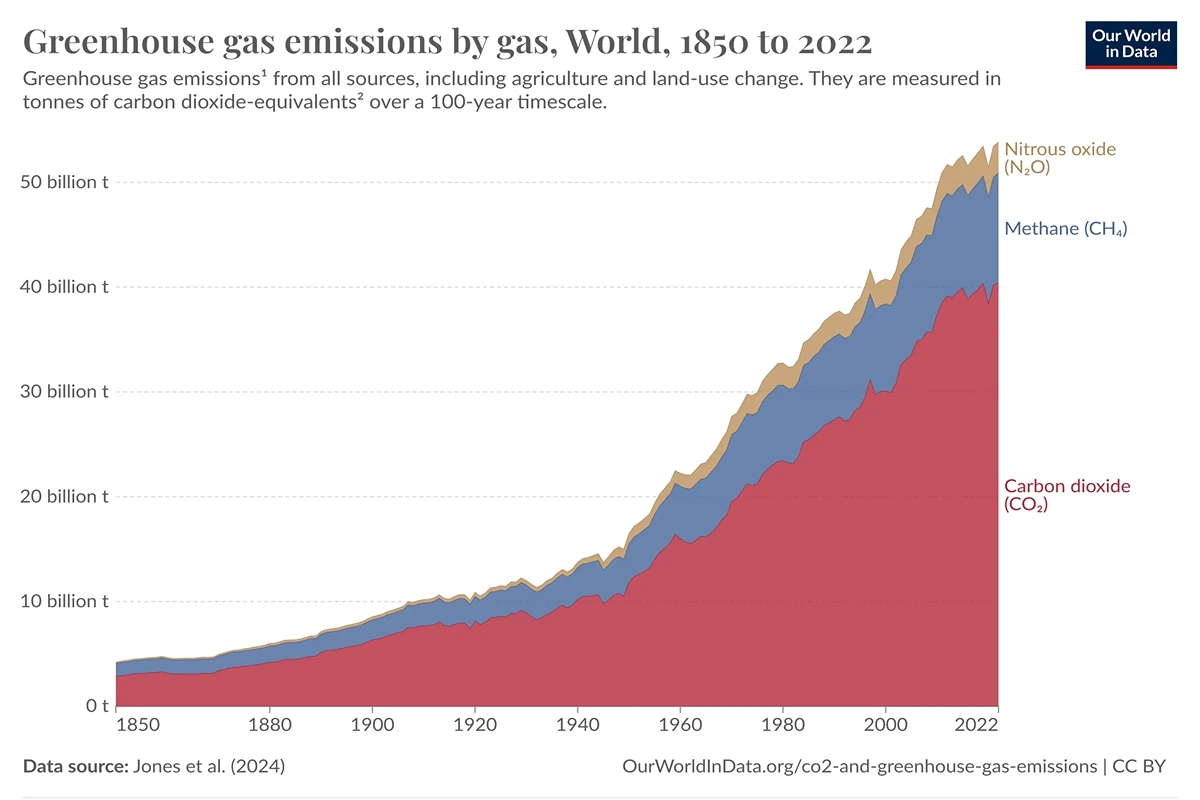
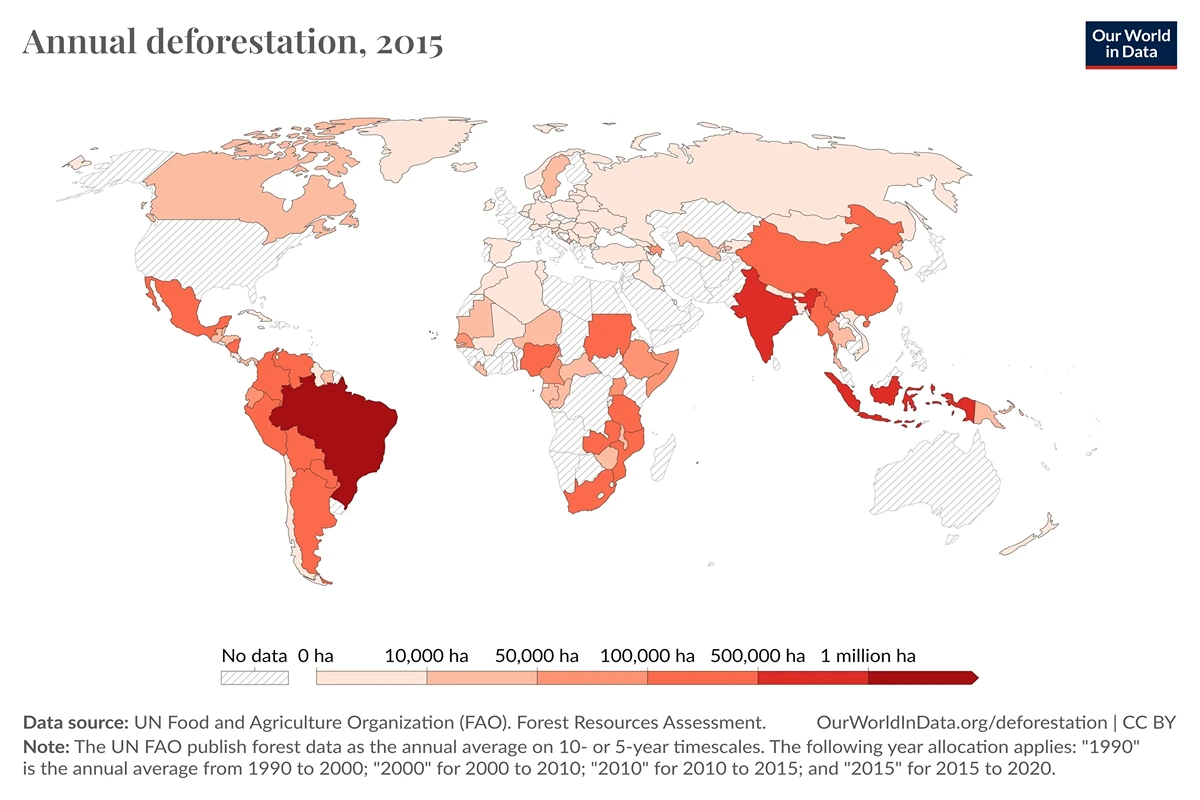
Hello. I agree with you that humans are a major cause of climate change. Because the evidence is so strong. And by accepting it we can make changes. But if we denied the problem just gets worse and worse which is evident. I think the future is much brighter with our improvements in technology.
Hi Jake,
Welcome back to the site. Nice to see you here again.Thanks for your comment and for agreeing that human activity significantly contributes to climate change. It’s encouraging to see that you recognize the strength of the evidence and the importance of accepting this reality to drive positive change.
I completely agree with you that acknowledging the problem is crucial—denial only exacerbates the situation, as we’ve seen through the worsening effects of climate change. It’s heartening to hear your optimism about the future, especially with the advancements in technology that offer promising solutions for a more sustainable world.
Together, by embracing innovation and making conscious efforts to reduce our carbon footprint, we can indeed look forward to a brighter and more sustainable future. Let’s continue to spread awareness and encourage others to join us in this important endeavor.
As a bit of an eco warrior myself, I am always looking for ways in which to reduce my carbon footprint. As human beings we have already done a huge amount of damage to the planet, and it can clearly be seen in the climate change that we are experiencing.
It is scary to see that the richest 1%of the population is causing more damage than the bottom 50%. Do you have specific suggestions for those that are causing the most damage, to reduce their impact? Thank you.
Hi Line,
It’s lovely to hear you’re always looking for ways to reduce your carbon footprint. Keep it up! You’re right; it’s scary how much the wealthiest individuals significantly impact our planet. To answer your question they can reduce their carbon footprint by investing in renewable energy, adopting sustainable practices, and supporting eco-friendly businesses. It’s crucial for them to lead by example, showing that significant change is possible and inspiring others to follow suit.
Encouraging the wealthiest to take these steps can drive broader societal shifts toward sustainability. Collective action, especially from those with the most resources, is essential to mitigate climate change. Let’s continue advocating for these changes and spreading awareness.